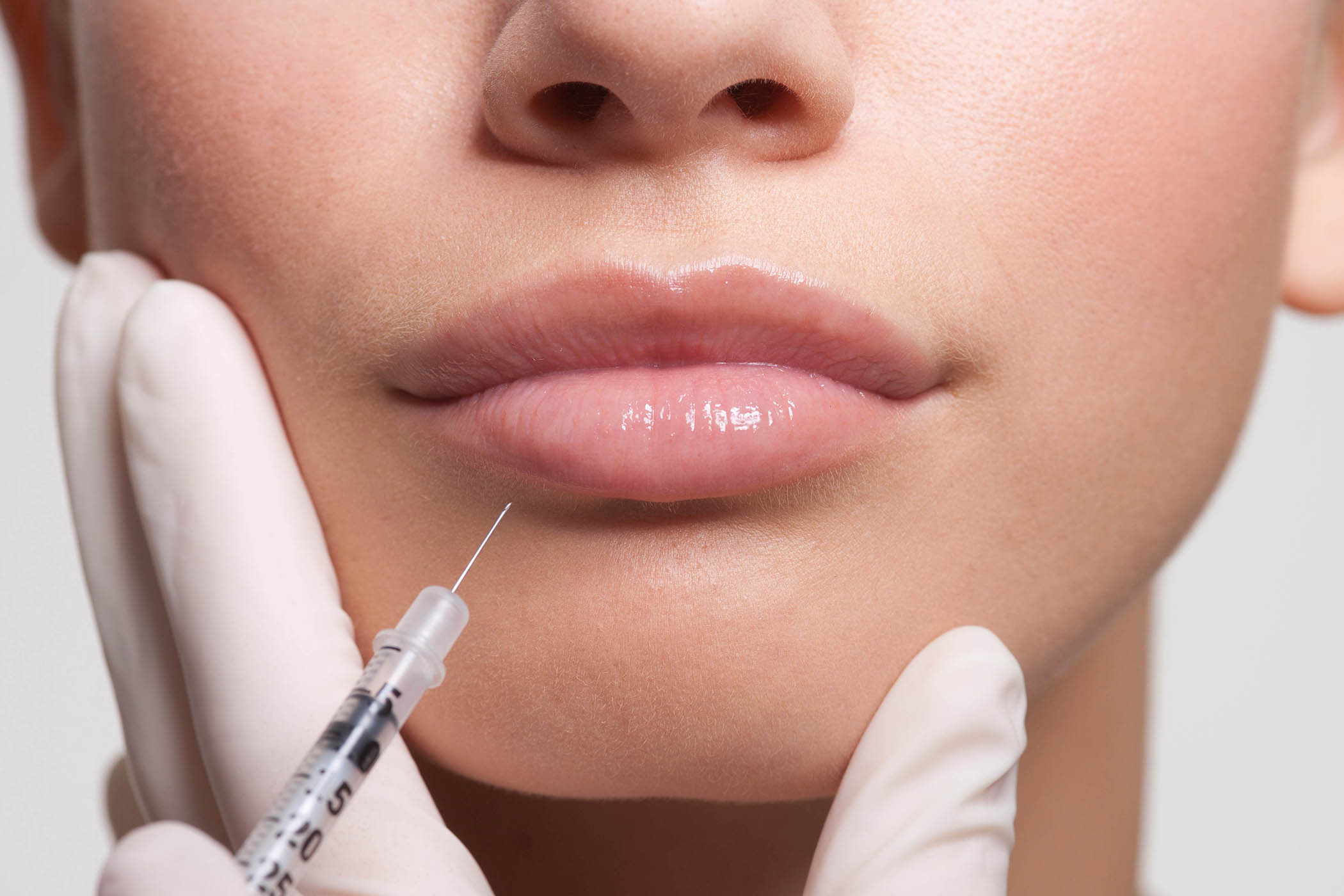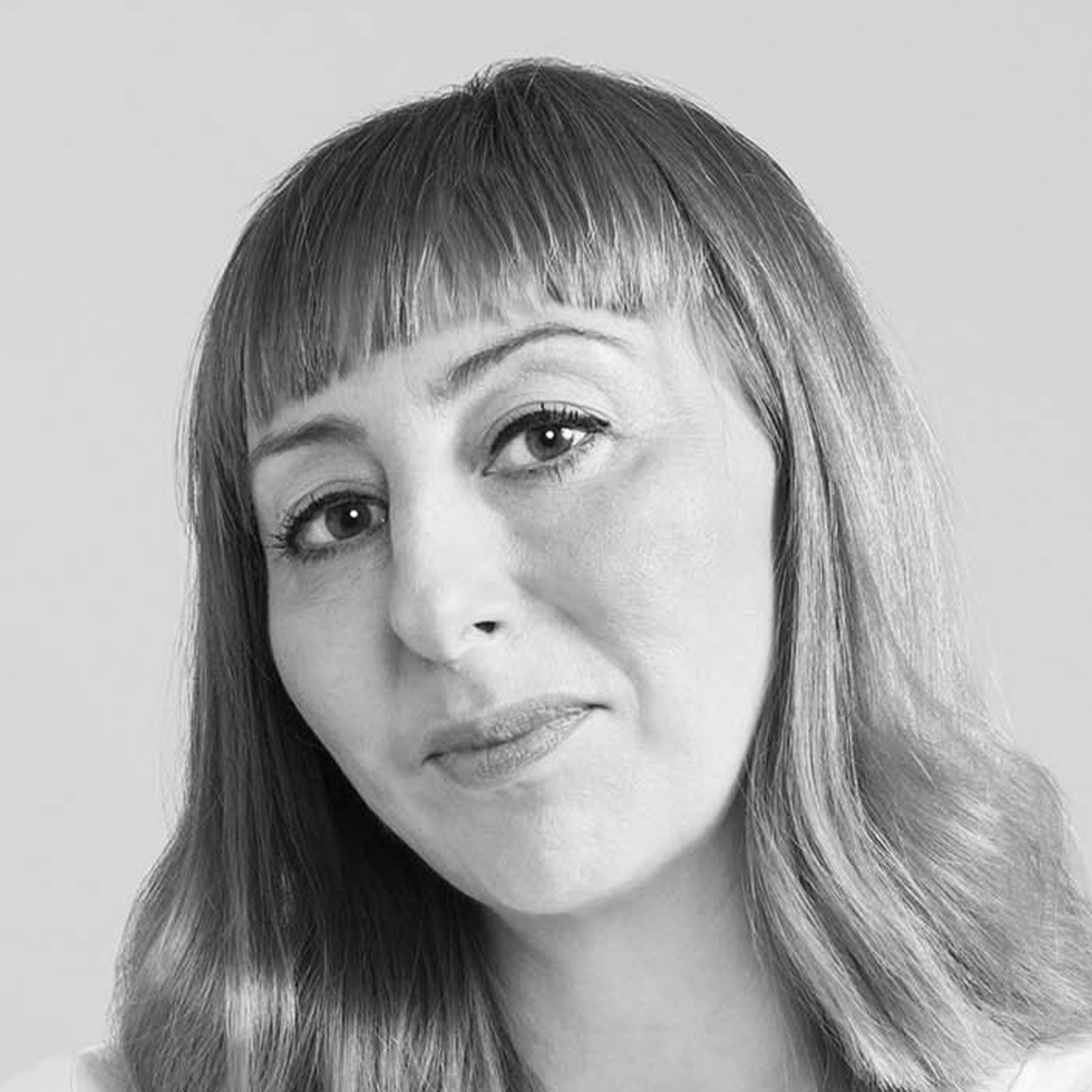Last week saw the publication of the largest study of Botox patients ever conducted in the UK. Almost 1,000 people were surveyed on their experience of some of the 900,000 injections performed each year at one of the UK’s 16,000 non-surgical cosmetic businesses – each little prick noted, analysed, unpicked. The results were interesting in that they reveal what researchers are calling a “healthcare paradox” where there are lingering issues around consent, outcomes and complications, but patients sort of, don’t care? The satisfaction comes in part from the relief of participation rather than the results, and the risks are ignored in pursuit of a tighter face. And all this clarifies where we are, right now, in our beauty culture
The moment I realised Botox had become completely normalised was a morning in 2018 when I opened Grazia to read the headline: “What’s the best age to have Botox?” and scanned down to see the answer was 25. Since then, many such articles have appeared, the best age to have Botox getting younger as I get older, and the continuing rise of injectables, surgery and elaborate expensive skincare has shifted beauty standards for everybody. Which means it has become increasingly difficult to ignore or opt out of aesthetic maintenance like hair dye, or procedures like Botox, without there being genuine repercussions, whether social or financial. At some point in the last decade, the “choice” to have Botox or not has felt increasingly like an illusion, a badly-drawn Choose Your Own Adventure where all other decisions result in some kind of slow, groaning death.
The ‘choice’ to have Botox or not has felt increasingly like an illusion, where all other decisions result in some kind of slow, groaning death
Of course, death hovers anyway. When the TV show This Morning surveyed 2,000 women who’d had non-surgical cosmetic procedures, like injectables, half said they’d had to seek medical assistance afterwards (half!) with 15% ending up in hospital. Three of these women joined the hosts on the sofa, talking about their inability to swallow, their gasping for breath, their drooping eyes – when diagnosed with botulism each said they’d waited hours for the antitoxin because the hospital had run out. This summer, there were 41 confirmed cases of botulism reported across England, caused by unlicensed Botox. Since May 2023, 4,700 vials of unlicensed botulinum toxin have been seized, the result of (in the words of the health minister) “cosmetic cowboys who exploit vulnerable consumers”, yes, but behind that, of a beauty ideal that’s attainable only through the use of needles. After being hospitalised with botulism, the women on the sofa appeared, to my untrained eye, to have returned to injectables.
Some of the stats are shocking. Others are only surprising if you haven’t talked to a woman since 1999. This new study, in the Aesthetic Surgery Journal Open Forum, revealed that less than half of those surveyed had a prescriber present at consultation, that nearly one in 10 didn’t sign consent forms and one in five weren’t warned about potential complications. Despite well-documented risks, psychological screening is not yet a routine part of the cosmetic sector’s practice. And although most people were happy with their results, some reported things like acute anxiety following treatment, which suggests “elective aesthetic procedures may, in some individuals, exacerbate underlying mental-health vulnerabilities rather than ameliorate them”. Which makes me wonder, when Botox is marketed as empowerment, what are the long-term effects to your mental health, of getting your self esteem from a needle?
Alongside the normalisation of injectables and surgery, more recently we’ve seen the normalisation of celebrities discussing the work they’ve had done, a move that’s been largely applauded after decades of stars attributing their smooth skin and perky tits to fresh air and drinking plenty of water. On TikTok this summer, Kylie Jenner responded to a fan with details not just of her preferred plastic surgeon, but of her breast-implant specifications: “445 cc, moderate profile, half under the muscle!!!!! Silicone!!!” And while this is positive, yes, in that it illuminates the lengths a woman must go to and pain they must go through to be considered beautiful, the result is not, in fact, that we the limp-breasted public feel more comfortable in our unmanipulated bodies. Instead, it further normalises and inflates an unregulated beauty industry – when, at 17, Jenner first admitted to having lip fillers, one UK clinic reported a “70% rise in lip-filler enquiries in the last 24 hours”.
All of this is key when discussing regulation, but what’s harder to regulate, and what’s increasingly left out of the conversation, are the reasons why so many people are willing to risk life-threatening botulism in order to look 15 minutes younger. One answer is that when a woman lives in a sexist and ageist society, it makes sense for them to try and look as young and feminine as possible. It is a sane and logical response. To do otherwise looks like violent rebellion. It makes sense to dye your hair and shave your legs and wear mascara. It makes sense to diet and put filler in your cheeks and paralyse the muscles in your forehead when you know you are being judged against impossible beauty standards. We can push to regulate the industry, but the culture, inevitably, is harder to change.
There is huge value in studies like this new one, especially when collecting data that the government will use to shape regulation, like ensuring clinics meet strict licensing rules, and protecting children from seeing potentially dangerous beauty trends on social media. The hidden value though, is in the questions they leave us with.
And another thing… Musing words, rambling roses, dreamy pans
Get a grip A new entry into my list of Things I Didn’t Know I Needed… Crocs for your pans. Our Place (the very good, very colourful cookware company) make these little soft rubbery things called Hot Grips that fit round the handles of a hot pan. And their new range, in a very on-trend butter yellow, is inset with a collection of mini food-themed Crocs charms. Delightful!
Unearthed delights It’s October which, of course, means – yes, that’s right – bare-root season! Bare-root roses (young dormant rose plants with exposed roots) can be planted from autumn through to April. Famously special are David Austin Roses, nurtured by rosarians for over 15 months on a farm in Shropshire. I’m in the market for a rambling, sweet-smelling pink one that I can plant next week, to one day frame my front door.
Literary wanderings There’s a new essay collection by Zadie Smith, Dead and Alive, which comes out on 30 October. It’s a welcome, bracing sprint through Smith’s mind, including her thoughts on artists like Kara Walker, Stormzy, Joan Didion and Toni Morrison, and on art like the film Tár – and Kilburn High Road.
Photograph by Getty Images

